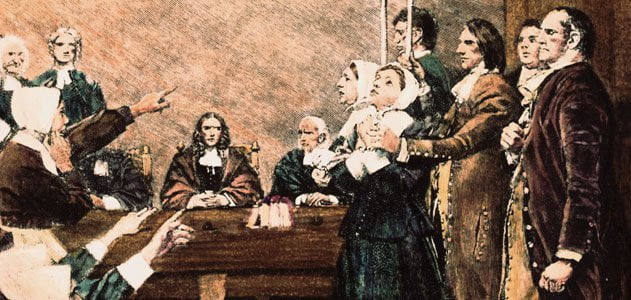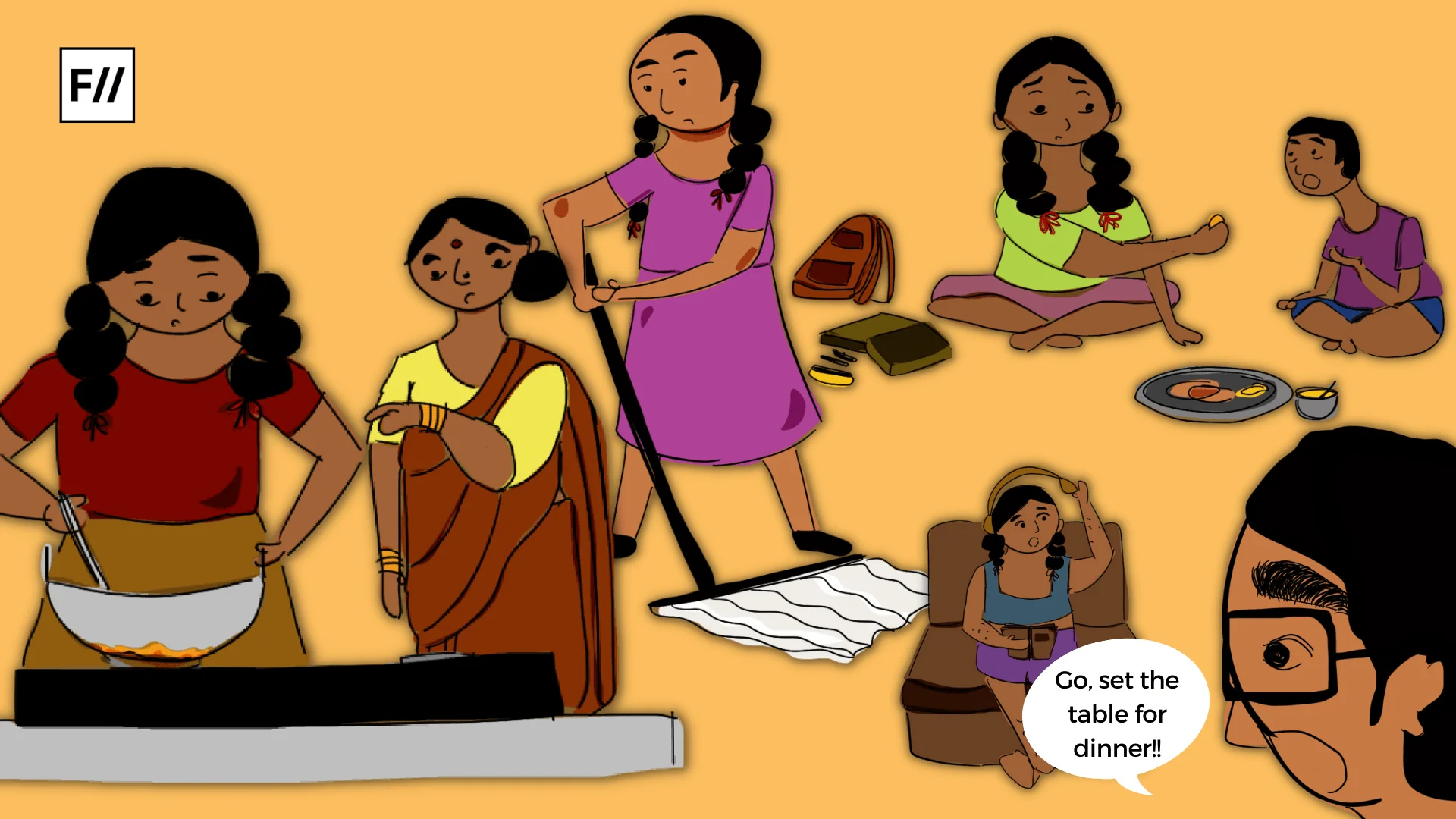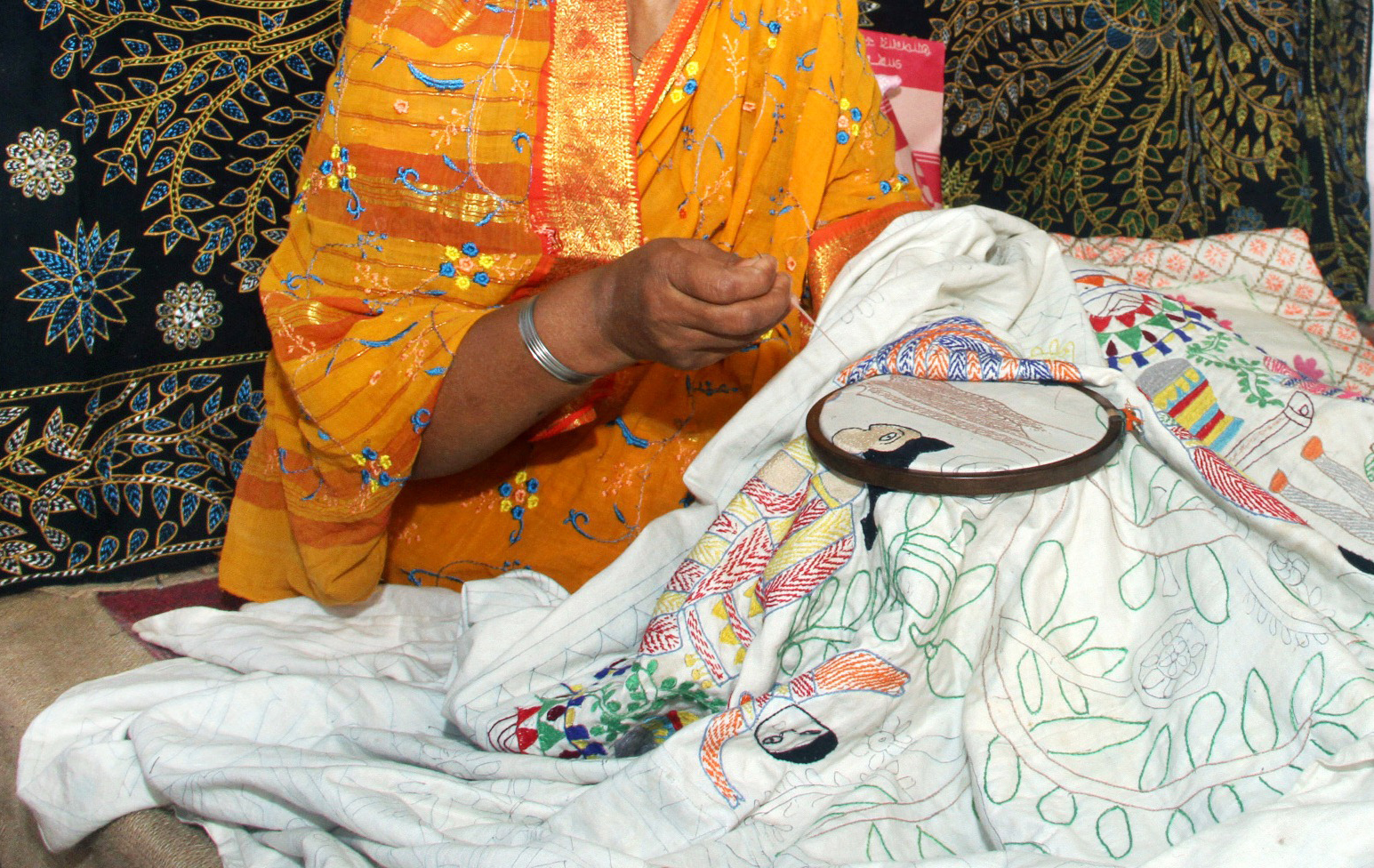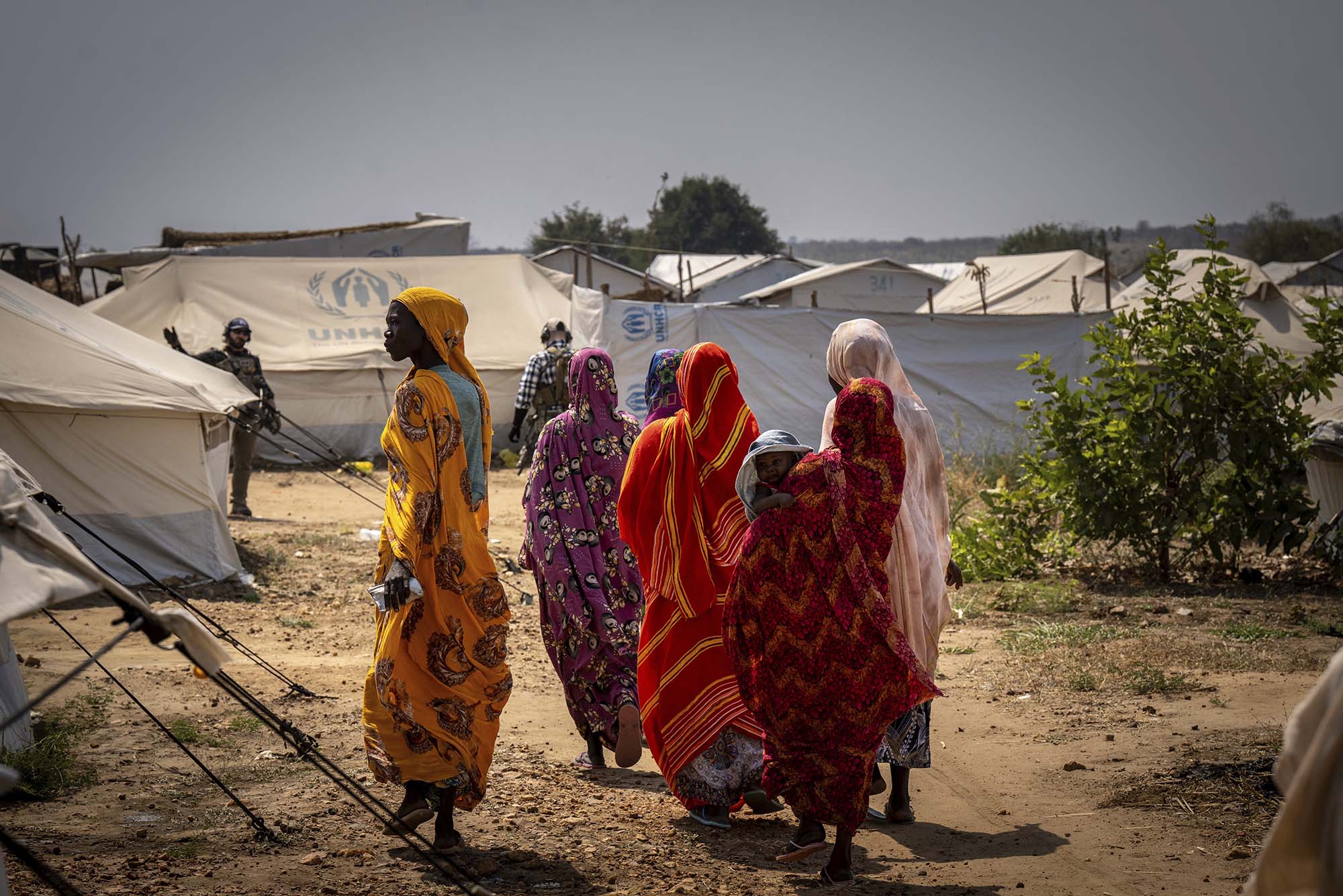A witch is described as a person (especially a woman) who is credited with having malignant supernatural powers, and witchcraft is the practice of magic, particularly black magic. The infamous witch-hunts that occurred in the American colonies and Europe around the 15th century were a result of irrational fears combined with a persecuting mentality.
These witch-hunts targeted women who had allegedly gained magical powers through devil worship. A bad harvest, a sick cow, or a stillborn child; were common catalysts for witch hunts. Members of the society blamed witchcraft and accused one another of being witches. Many of those who were blamed were on the periphery of the society: the poor, the elderly, or social outcasts, but anyone could be targeted, including children.
The accused were often led through a series of trials and severely tortured. In a society that valued redemption over truth, torture was thought to be fit for extracting confessions from the accused. Numerous innocent people confessed as a result of being tortured. The punishments for those accused of witchcraft ranged from small fines to burning at stake.
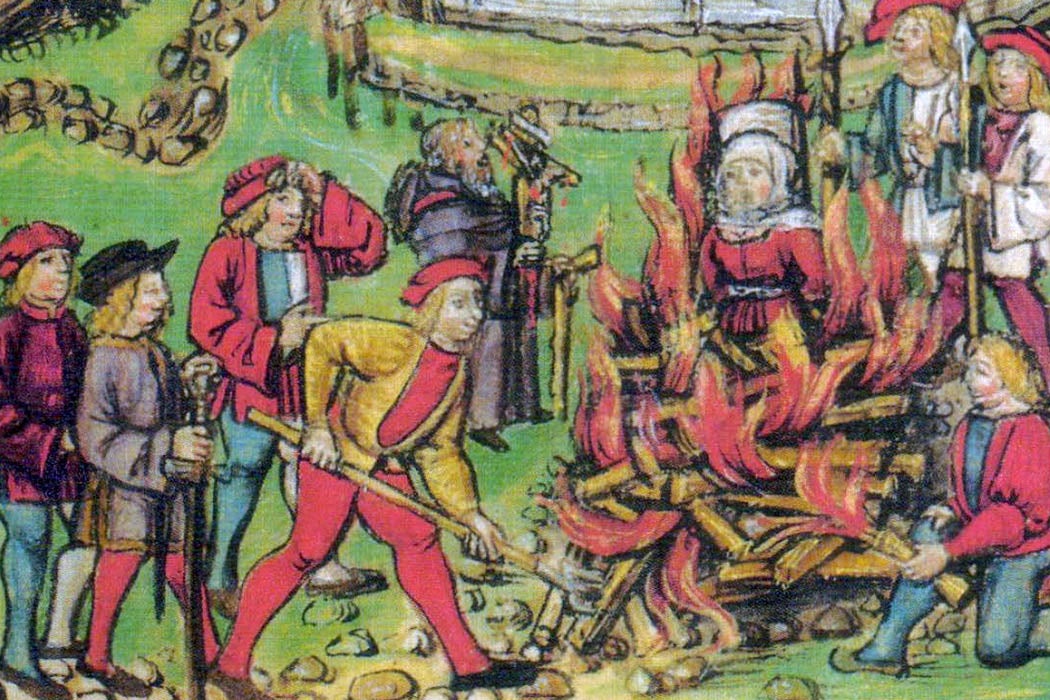
A famous treatise on witchcraft Malleus Maleficarum by Heinrich Kramer, talks about the existence of witches and suggests methods of hunting and prosecuting them. Women were easier targets for the devil’s influence, according to Kramer, though men might also be witches. Witchcraft, hence, has always been seen from a gendered lens. From folktales to horror movies to popular culture, the label and the vicious practices associated with it are conveniently thrust upon women, especially women from the marginalised sections of society, even today.
The history of witches has been driven by misogyny and fear. Long before they were perceived as the hag-like magician that citizens of different societies grew to fear, they were once thought to be mighty healers who delivered babies, performed healings, and provided counsel to royalty in ancient civilizations.
But as male monarchs sought absolute control, these women’s reverence had to be controlled and they were painted as devil-worshippers to disempower and marginalise them. The rise of Christianity, according to some historians, was the cause of witch hunts in Europe and North America. However, witch-hunts took place over different centuries and continents, often as scattered outbursts.
Between 2000 and 2016, more than 2500 Indians, most of whom were women, were hunted, tortured, and slain in such hunts, according to India’s National Crime Records Bureau. Since most State governments don’t classify witchcraft as a murder motive, activists and journalists believe the number might be substantially higher. Witch hunts mainly target women, taking advantage of India’s patriarchal society and caste system
As the masses began to fear these women, the irrational frenzy led to all sorts of bizarre events. One of the many unbelievable and absurd things about the witch hunts around Europe in the 16th century was the “swimming test” that the women accused of witchcraft had to take. They were taken to the nearby water body and thrown into the water with their hands tied together. The idea was that if they were witches, they would float because the water, being a sacred element, would reject them.
The obvious flaw in this strategy was that it would cause innocent individuals to drown if they did not float. The ineffective approach was to tie a rope around their body so that they could be saved from drowning but accidental drownings, of course, occurred. Between 1560 and 1800, 50,000 to 100,000 people, mostly women from oppressed social locations, were accused of witchcraft in Europe for allegedly being the cause of demonic happenings, resulting in a slew of persecutions.

Many people consider witch trials to be a relic of early colonial America. In many regions around the world, however, witch-hunting is still a common practice. In India, for example, many women are slain every other day for being charged with witchcraft. Many people are tortured or publically humiliated before being burned, attacked, or brutally murdered. There is not much statistical data on the given issue but from the data available, it is evident that many of the mob attacks on women accused of witchcraft have taken place in the Central and Eastern rural parts of India, like Madhya Pradesh, Orissa, and Jharkhand.
Between 2000 and 2016, more than 2500 Indians, most of whom were women, were hunted, tortured, and slain in such hunts, according to India’s National Crime Records Bureau. Since most State governments don’t classify witchcraft as a murder motive, activists and journalists believe the number might be substantially higher. Witch hunts mainly target women, taking advantage of India’s patriarchal society and caste system.
The lack of trustworthy, adequate data is one of the most critical obstacles in studying the witch-hunting phenomenon. Community members’ attacks and other punitive measures are not always recorded. Researchers and non-governmental organisations have discovered that states with a substantial tribal population and weak socio-economic infrastructure with gender disparity had the largest frequency of witch-hunting murders
Men who label women as dakan (the Gujarati word for women) make use of deeply ingrained superstitions and systems based on patriarchy and misogyny to blame women. It is far from uncommon to hear about women being accused of black magic and witchcraft, particularly women from minority communities, oppressed castes, or other marginalised sections of the society. So far, eight Indian states have passed witch-hunting legislations, including Bihar, Chhattisgarh, Jharkhand, Odisha, Rajasthan, Assam, Maharashtra, and Karnataka.
However, another form of witch-hunts has made itself apparent, involving trolling, harassment, and abuse. To say that witch-hunts are a result of superstition alone would certainly be invalid, the reasons behind them extend much far than just superstition. In the age of social media, hate campaigns against specific communities are not uncommon. One such campaign was launched against Bengali women in 2020, following the death of the Bollywood actor Sushant Singh Rajput. It wasn’t that long ago that a popular Bollywood celebrity was accused of witchcraft and subjected to media trials, followed by excessive incidents of harassment and online abuse after the death of her former partner.
Poulomi Chandra, a Master’s scholar in English from Jamia Millia Islamia, talks about the stereotypes Bengali women have been subjected to. “The first time I heard about the concept of witchcraft being associated with Bengali women was when I was still in school. However, the first time someone asked if I knew how to perform black magic was when I was in a different city for my undergraduate studies. Perhaps, what shocked me more than the comment, was the attitude behind it. The person was not joking. She believed the stereotype to such an extent that she confessed she was genuinely curious if I knew witchcraft or any women in my family practised it. I didn’t know whether to laugh in disbelief or be angry at the height of the blatant audacity and ignorance.”

The lack of trustworthy, adequate data is one of the most critical obstacles in studying the witch-hunting phenomenon. Community members’ attacks and other punitive measures are not always recorded. Researchers and non-governmental organisations have discovered that states with a substantial tribal population and weak socio-economic infrastructure with gender disparity had the largest frequency of witch-hunting murders.
The Prevention of Witch Practices Act, which authorises the state to prosecute people who label women as witches, has not proven to be a sufficient deterrent in certain states. Witch-hunting, as an oppressive practice, is rooted in patriarchy, socio-economic conflicts, superstition, and other personal and social disputes.
In addition to this, victims and survivors of witch-hunting are often women who suffer from mental illness. Jharkhand has the greatest rate of these crimes against women where the only charge levelled against the victims is “witchcraft.” Other states, including Chhattisgarh, Rajasthan, Assam, and Bihar, have reported deaths due to witch-hunting, though they are underreported.
Since witch-hunting is thought to be a thing of the past by most people, the need to address it and start a conversation about it becomes even more relevant. With a newer form of witch-hunt becoming rampant across the digital space and the frequent yet underreported cases of witch-hunting throughout the country, one can only look forward to more awareness campaigns and preventive measures to make sure the practice of witch-hunting doesn’t cost more lives.
Also read: Film Review: Roohi — Choosing To Be With The Witches Of Our Lives
Featured Image: Smithsonian Magazine
About the author(s)
Apoorva is currently pursuing her Master’s in English from Jamia Millia Islamia, New Delhi. When she’s not re-reading the letters by Virginia Woolf, she likes to try her hand at scribbling poetry. Her areas of interest revolve around Feminist Theory and Absurdist Fiction. She can be found brewing tea at midnight, complaining about our Sisyphean existence
